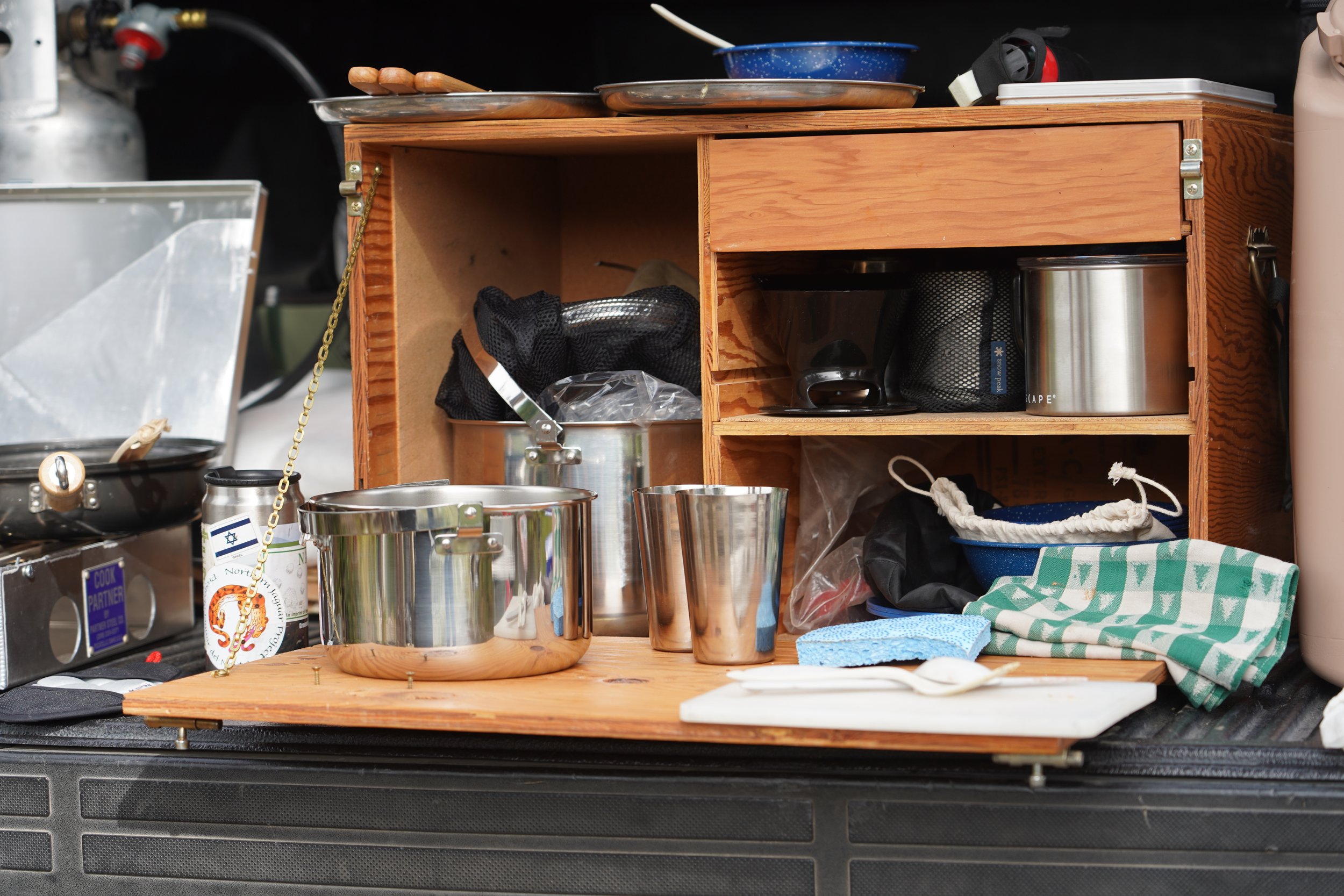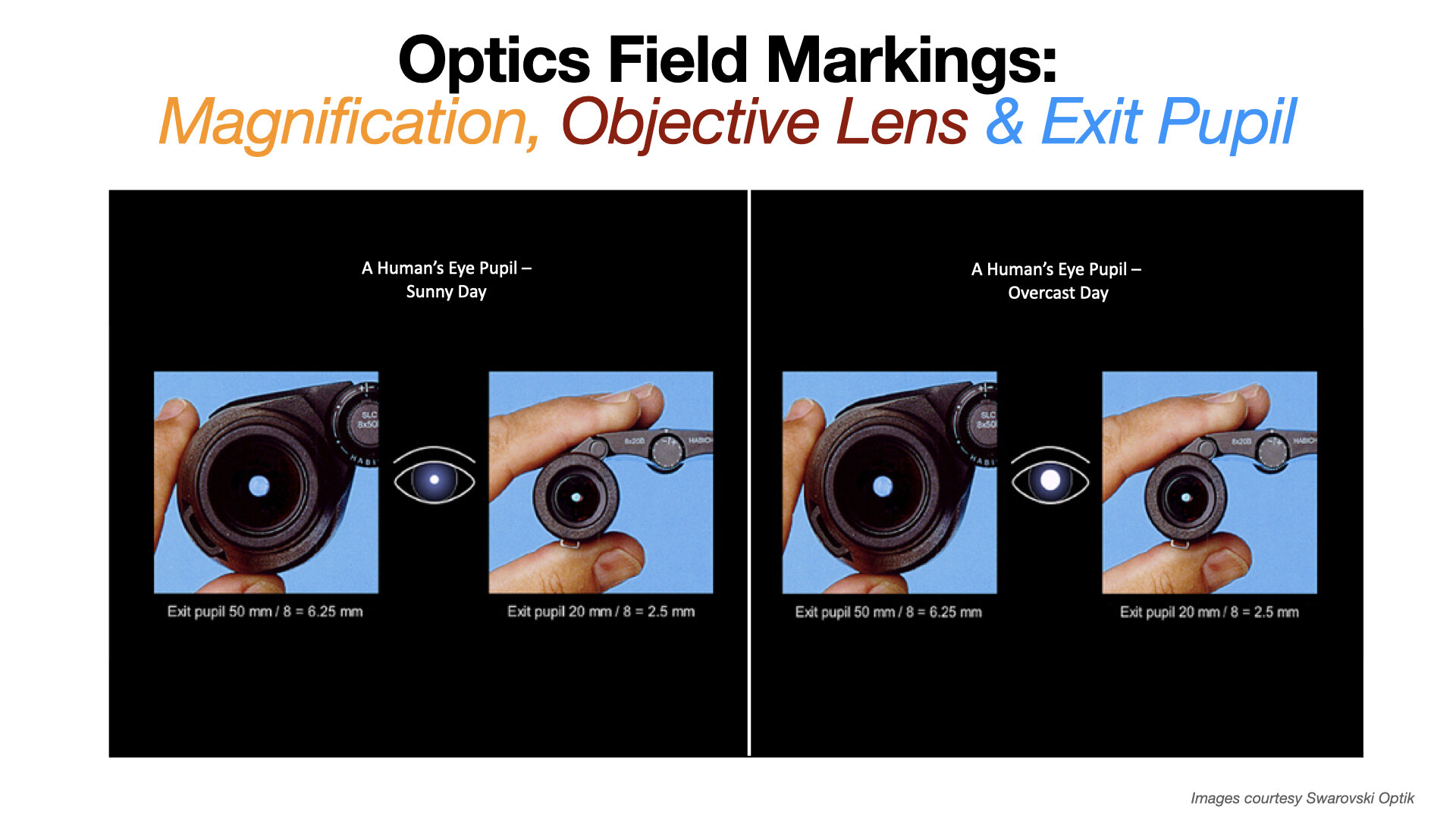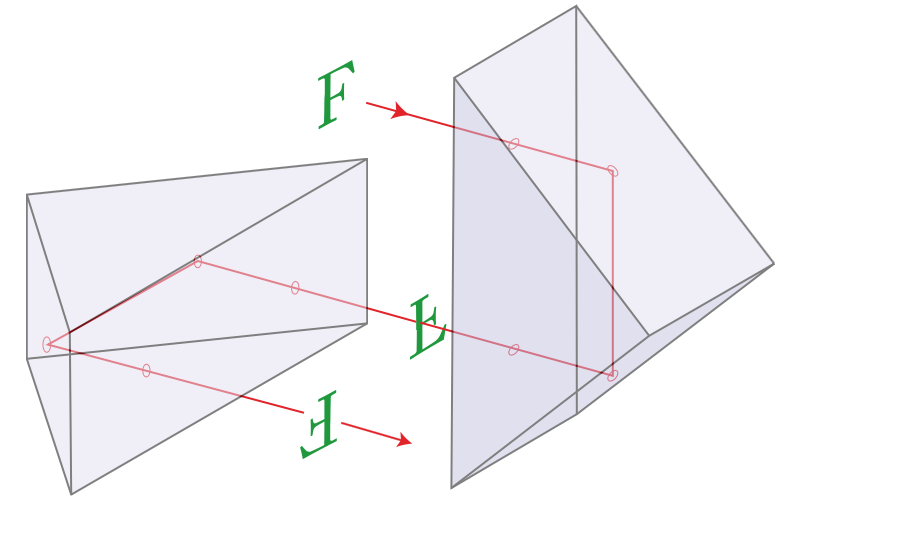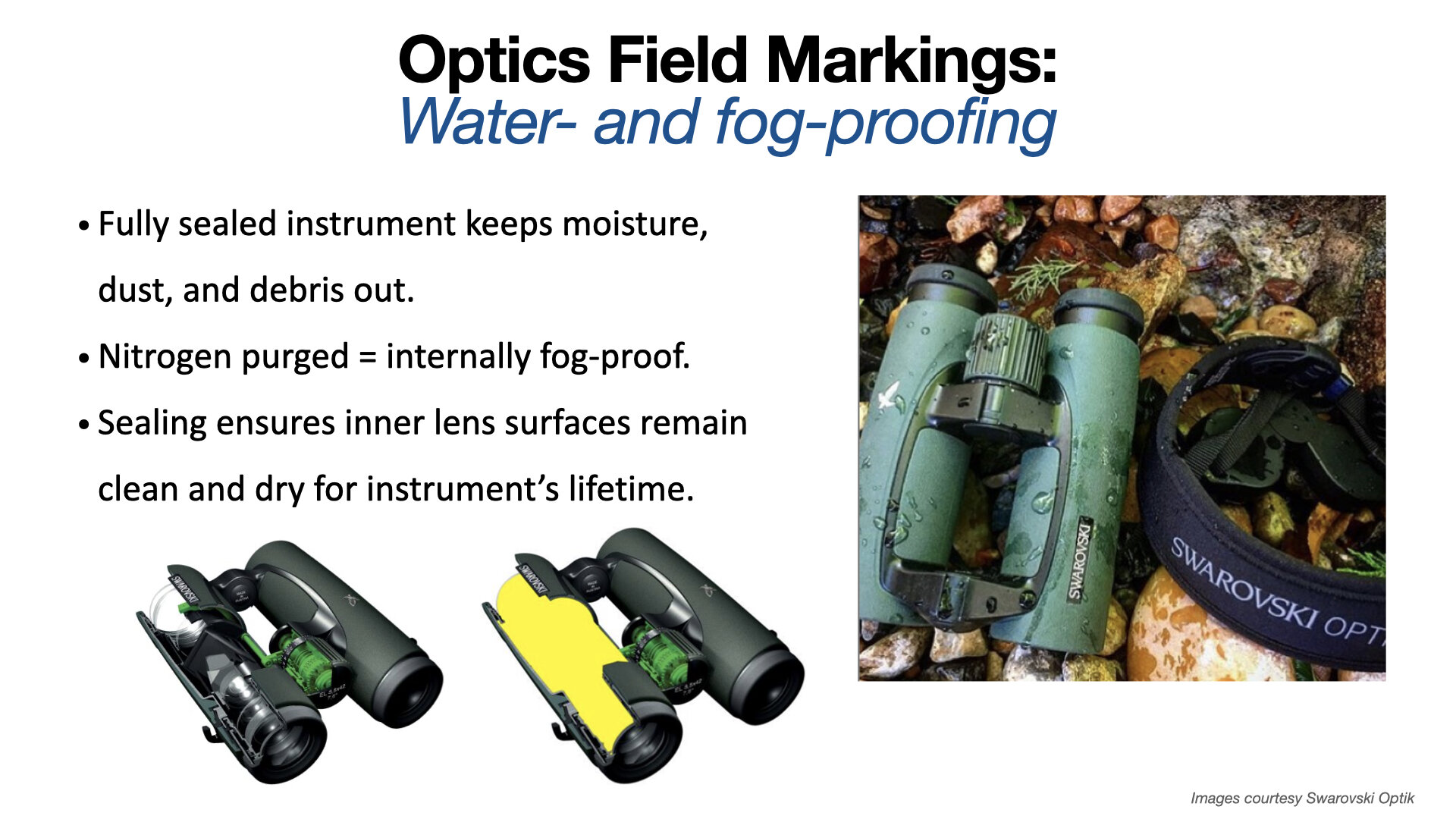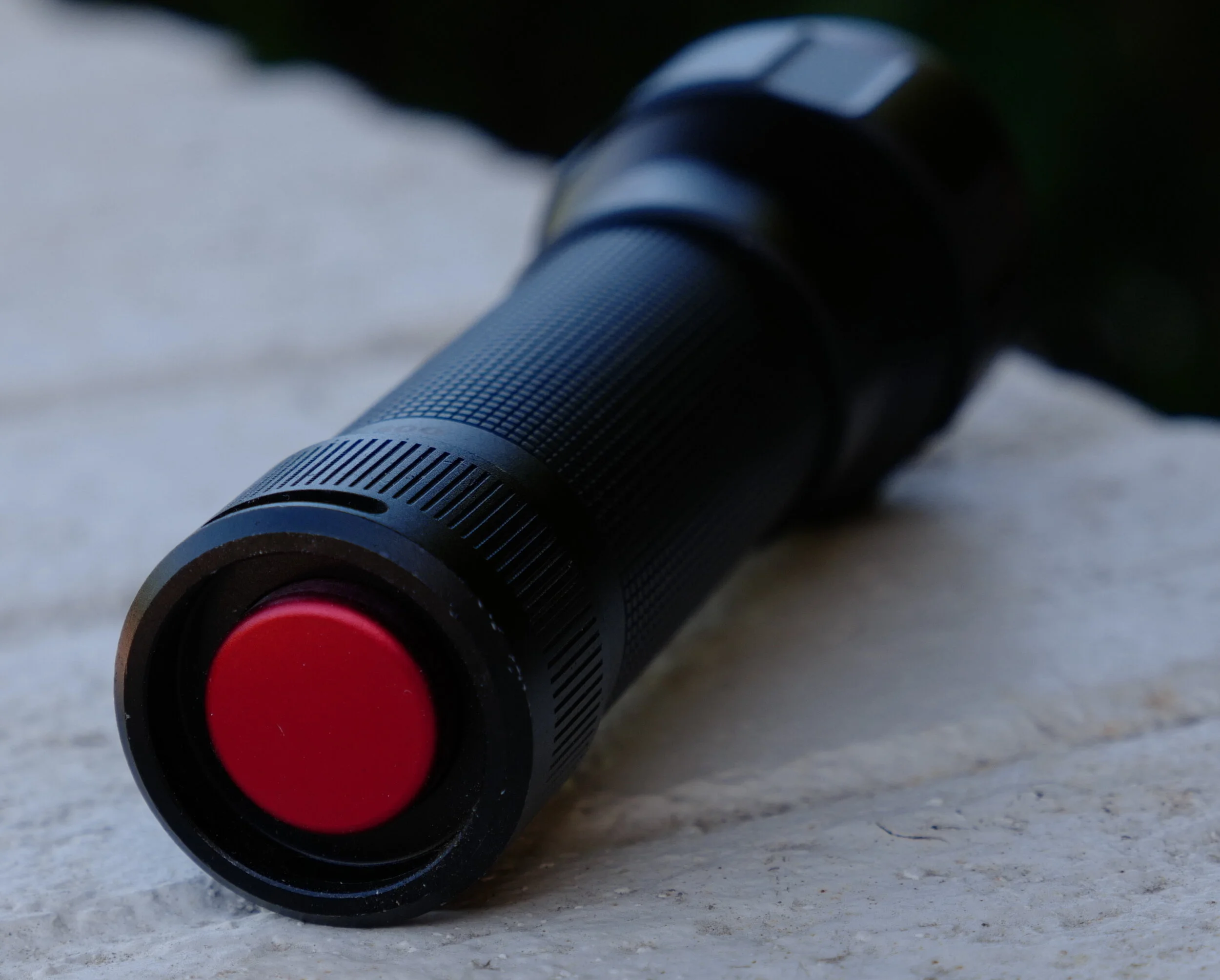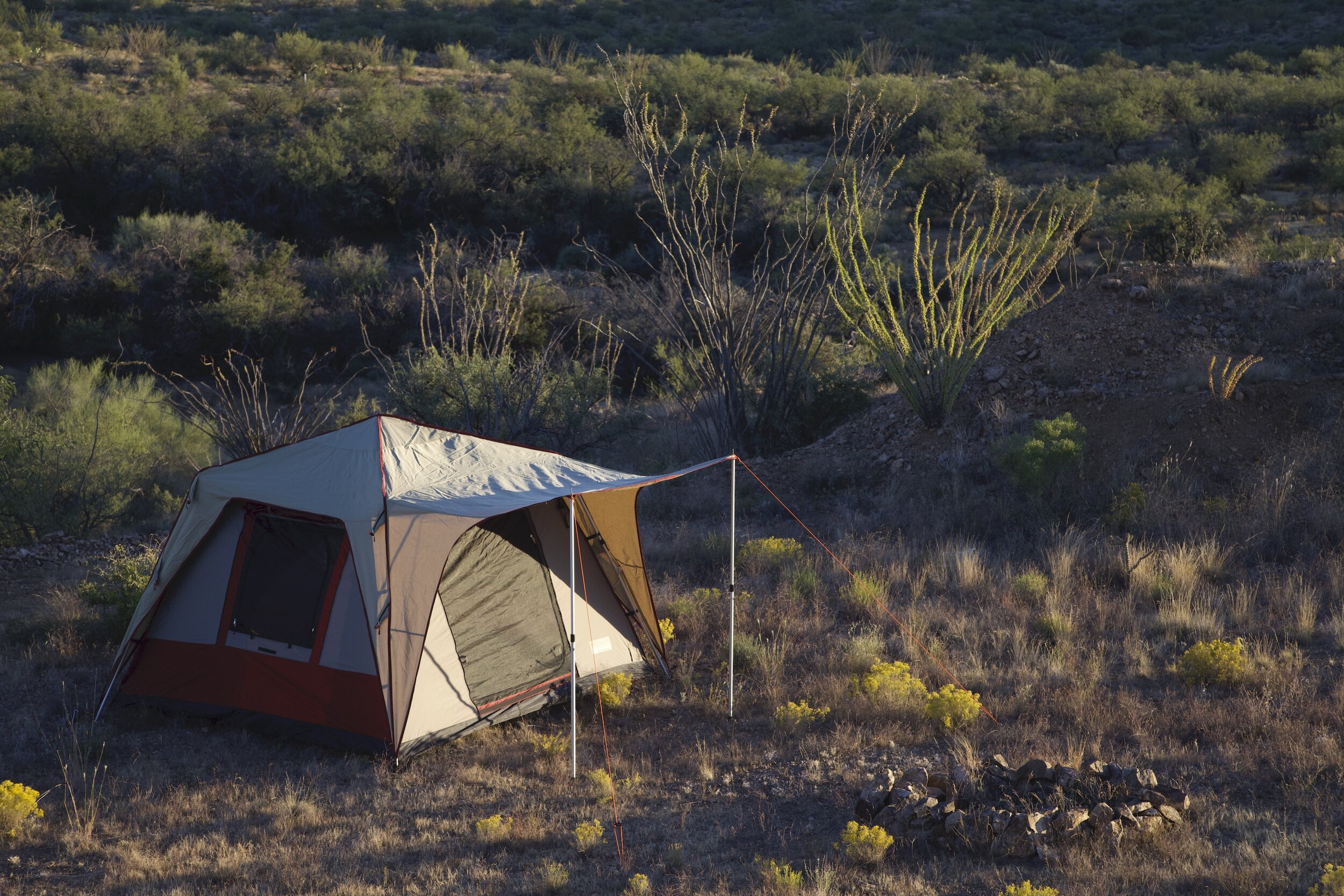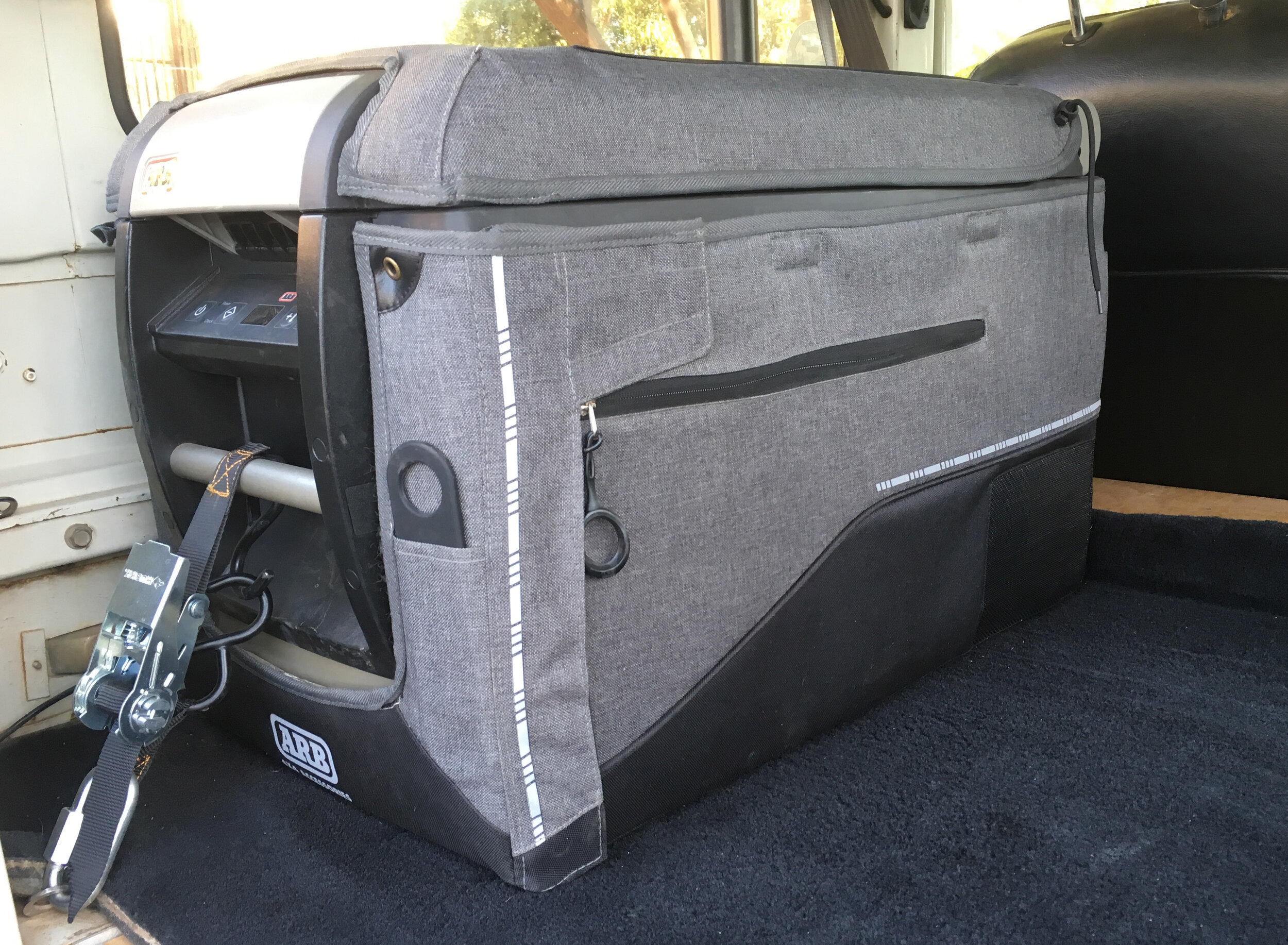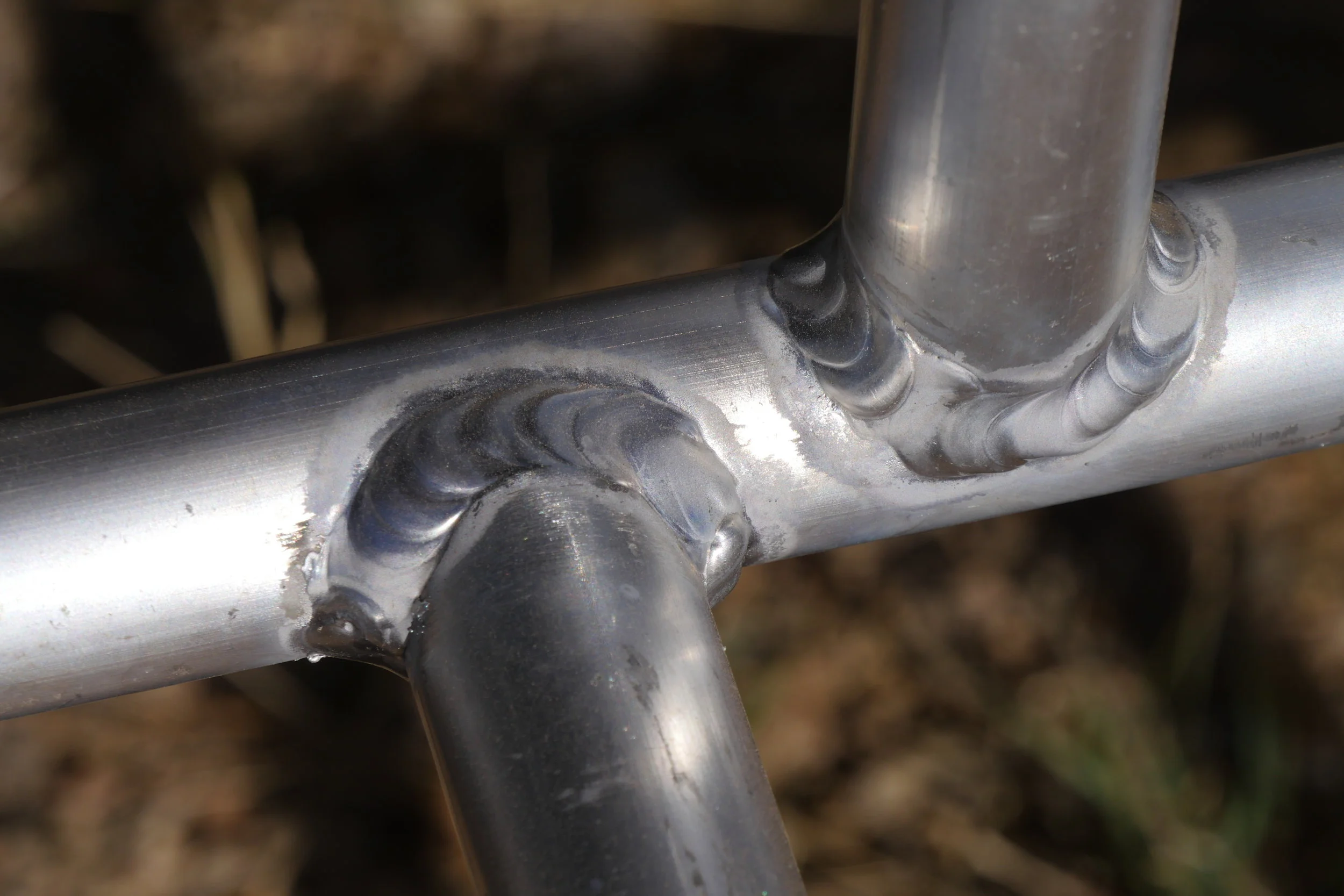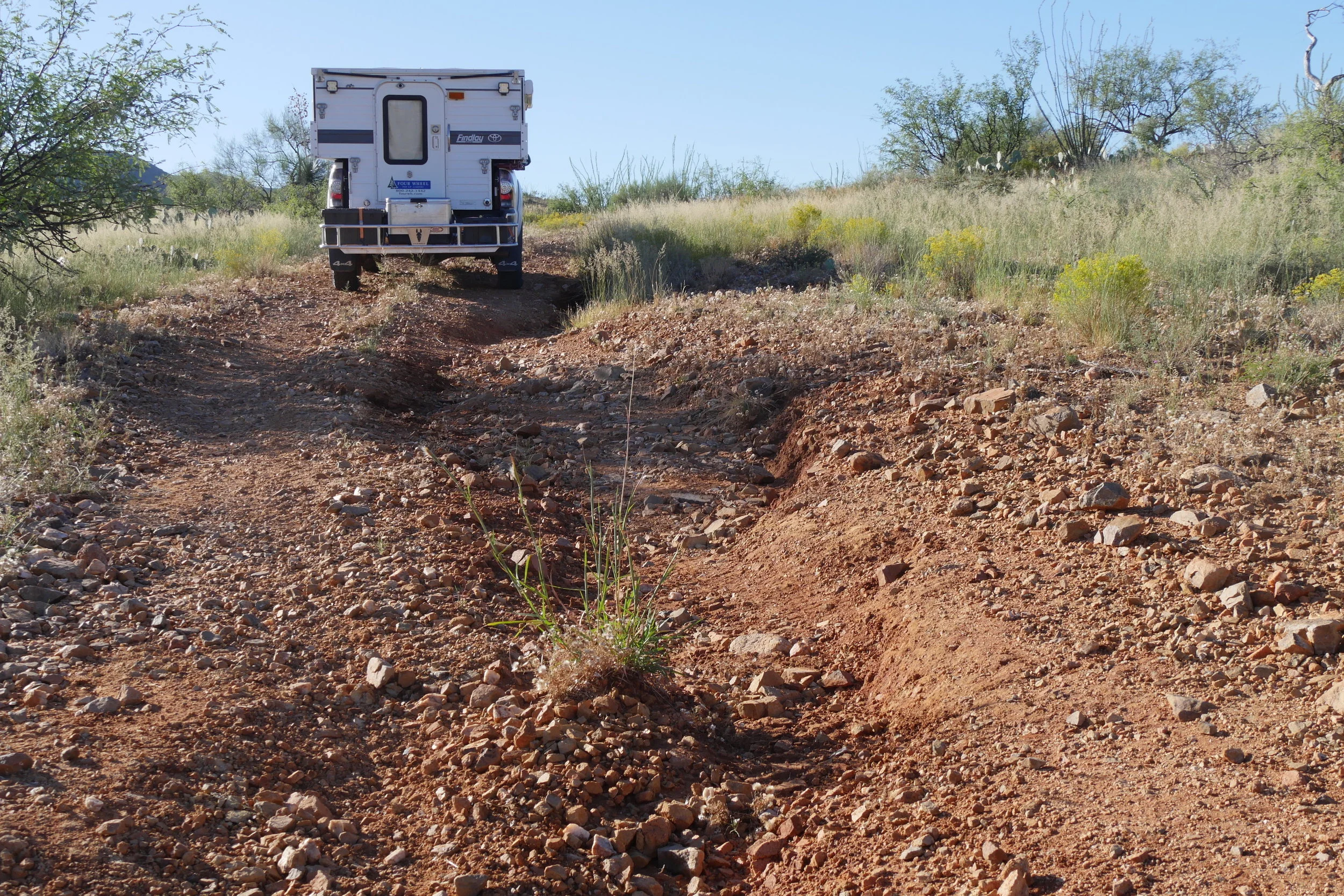As a contributor to somewhere around two dozen magazines over the past three-plus decades, I’ve been lucky enough to sample and own a wide variety of camp kitchens, from simple Coleman stove stands to the excellent Kanz Kitchen and the over-the-top, multi-component Iron Grill system from Snow peak.
Despite all that, the one you see above is still my favorite.
Why? Not because it’s the “best,” although it functions exactly how it’s supposed to. Certainly not because it’s the most expensive—in fact it is undoubtedly the cheapest camp kitchen I’ve owned. It’s my favorite because I made it back when Roseann and I were penurious college students, exploring the southwestern U.S. and northern Mexico in our FJ40 and, later, an FJ55. Thus, even though subsequent kitchens saw far more exotic destinations, this one contains more precious memories than all of them put together. Like the night we were camped in Mexico’s Pinacate volcanic region when a meteor streaked overhead and its smoky trail covered half the sky. Or any one of several trips to the Sonoran coast of the Gulf of California recording nesting territories of least terns. Or leading sea kayak trips to that same coastline, towing boats and everything needed for excursions out to Isla Tiburón. Or a cross-country skiing trip to the Grand Canyon’s North Rim, when a blizzard hit and our trip leader got hopelessly lost next to a 4,000-foot chasm in ten feet of visibility.
I built the chuck box long before Youtube videos on such things, and so simply used my decent grasp of carpentry and Roseann’s concept to form it out of a single sheet of half-inch plywood. No fancy dovetails; it was simply glued and screwed together (and hasn’t loosened a millimeter since). I made sure to apply four or five coats of varnish, so the finish is still intact as well, despite numerous nicks and scratches. A drawer held utensils, matches, and can openers, the drop-down front created a table, and cork lining reduced rattles.
In recent years, with a succession of fancier kitchen systems from with to choose—not to mantion built-in kitchens in our Four Wheel Campers and Land Cruiser Troop Carrier—the chuck box got tucked away in a high corner of the storage building at our desert cottage, like the forgotten Velveteen Rabbit. When thieves broke in while Roseann and I were in Alaska last fall (by the simple expedient of hot-wiring our Ford truck and driving it through the wall), they took nearly everything . . . but left untouched the plain plywood box in the corner.
And, happily, just like the Velveteen Rabbit, the old chuck box came to life again. When we bought a 2014 Tundra to use as our Alaska vehicle, we decided—for the moment, anyway—to keep the camping setup simple. So when I hauled a trailer full of household goods to Fairbanks, I strapped the chuck box in the bed of the truck, and found that it worked just as well as it did 30 years ago. I didn’t miss those fancier kitchens one bit.


